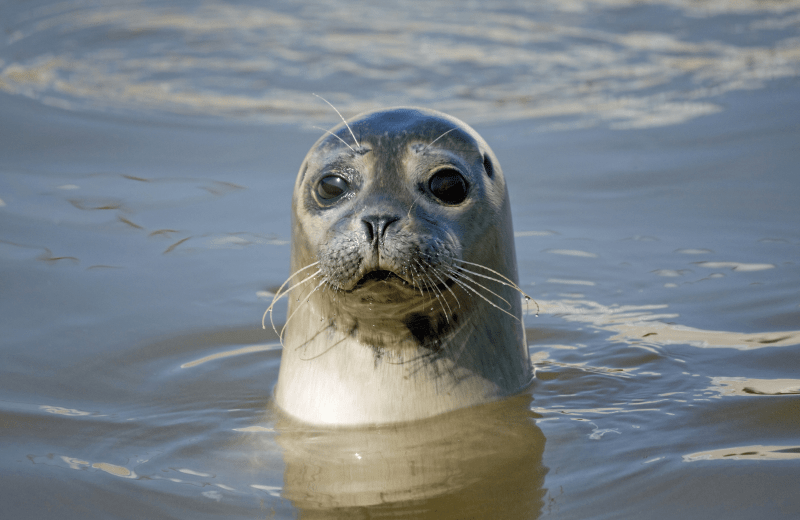Nationaal Park Oosterschelde
After the flood disaster of 1953, it was decided to close off the Oosterschelde from the sea. Shortly before these plans became concrete, however, people began to realize that a unique nature area was in danger of being lost due to damming and diking. That is why the ambitious decision was taken to build the Oosterscheldekering. This flood defense has gates that are closed in very strong winds and/or spring tides, but simply let the ebb and flow take their course when the weather is calm. As a result, the Oosterschelde is still a beautiful nature reserve. In 2002, the Oosterschelde was declared a National Park.
Oosterschelde National Park
There are twenty National Parks in the Netherlands. It is therefore one of the most beautiful and most valuable natural areas in the Netherlands. Oosterschelde National Park is an area of 35,000 hectares and the largest National Park in the Netherlands.
Thanks to the alternation of ebb and flow and the presence of salt and fresh water, thousands of birds and plants live there, including sea lavender and samphire.
Due to the open connection to the North Sea, it is low tide twice a day and high tide twice a day. Drying sand flats and mud flats are important feeding and resting areas for thousands of birds, including waders and plovers. When the sandbars disappear into the waves again, the birds go to the banks of the Oosterschelde. There, behind the dikes, are fields, inlets and creek areas.
The young of many fish species, such as garfish, anchovies and pout, are born in this area. Cuttlefish come especially from the English south coast to mate in the Oosterschelde. Some bird species, such as the common redshank, come to the Oosterschelde area to breed. Others stay there for a short period during the migration south to spend the winter there or to the north to breed.
Seals and porpoises have also found their place in the Oosterschelde. When the sandbars have dried up, the seals are often basking in the sun. The porpoises regularly show their characteristic dorsal fin along the coast of the Oosterschelde.
The Oosterschelde has a rich underwater life. The clear water quality makes it an ideal place for swimming and diving. More than one million dives take place every year. Crumble stars, flatfish, widow roses, shrimps, shellfish and all kinds of worms live on and in the sandy bottom. You can also encounter seahorses, sepias, and even a kind of coral, dead man's thumb. Crabs and lobsters live between the stones of the dams and the dikes. Colorful sea carnations, mussels, sea squirts and seaweed settle on the stones. Discover the different dive sites.



